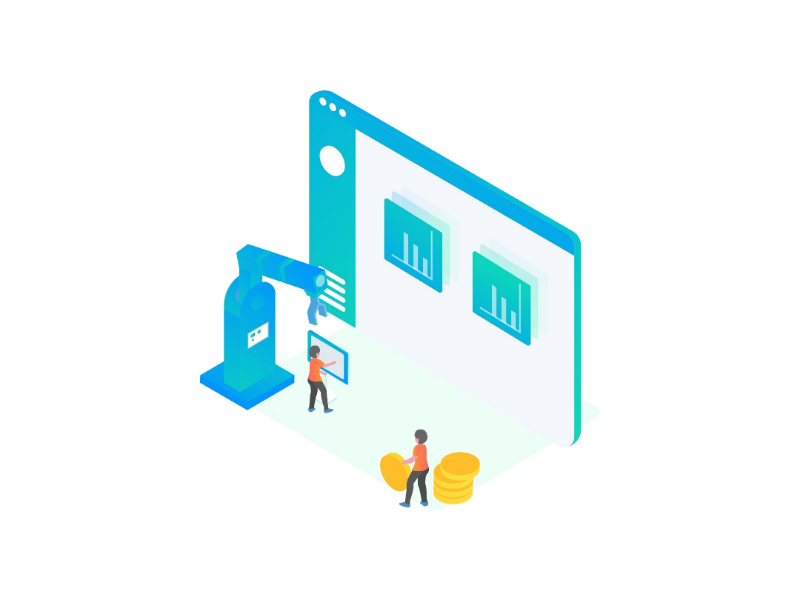THE CASE FOR HYPERAUTOMATION IN CONSTRUCTION
Because it’s about the process rather than the task itself, HyperAutomation can be used in virtually any department within a business. The more often the process is performed, the bigger the cost and time savings.
Following are some of the ways that the construction industry could make use of HyperAutomation:
Client or owner invoice creation: HyperAutomation can pull together the necessary information, consolidate it into a single package, and send the invoice out within minutes.
Updating client, vendor, supplier or subcontractor lists: HyperAutomation can automatically update client lists and repopulate any forms with corrected contact information.
Document management: Rather than an outdated filing system that can lead to errors or lost documents, HyperAutomation can automatically file scanned documents into a centralized, easily managed system.
Recruiting: HyperAutomation can automatically scan LinkedIn for candidates with a specific education, certifications or experience.
Cost monitoring: HyperAutomation can take over the production of cost-to-estimate reports, pulling in data from contractors and suppliers, importing it into the project budget and generating real-time analytics into regular weekly, daily or
on-demand reports.
Email blasts: HyperAutomation can create and send mass emails based on lists or other rules that have been created.
Estimate generation: Once basic information from a customer has been collected, HyperAutomation can use that data to generate a preliminary quote for potential work.
Tax preparation: HyperAutomation can pull tax-related data and documents from various systems, making it easier for on-staff accountants or an outsourced team to easily access the information needed to file taxes.
Onboarding employees, subcontractors, suppliers: The mundane, repetitive nature of collecting documents and information, filing contracts and setting up payments makes them perfect for automation.
Email response: HyperAutomation can handle responses to some basic emails or web queries, or direct the email to the appropriate contact at a company.
Processing invoices: As vendor invoices come in, HyperAutomation can extract the necessary data from them and automatically enter it into an accounting system. HyperAutomation can also send a confirmation email to vendors letting them know
that the invoices are in processing and highlighting any missing information.
Request for proposal production: HyperAutomation can assist with several parts of the RFP process, including creating an estimate, gathering supporting documentation and populating at least part of the proposal.

